I went to the candy store, and other stores nearby today. The first stop was uninspiring — a few nice teapots, but nothing in the way of tea.
The second was a store right next to my usual candy store. I’ve been in there once, but didn’t get anything interesting. Going back this time, the lady owner was pretty nice and approachable, and it was a slow afternoon, so I poked around. They were selling some puerh. Feeling like trying the puerh… I sat down.
I tried two puerhs. The first is a cake that I’ve seen before — supposedly 04 or 05 Yiwu. It’s…. very bland in a way, but it has a nice throatiness. I don’t know what to make of teas like this. There’s something, but then maybe there isn’t. It’s an elusive tea.
Then… on to a factory tea, supposedly 03 and from Menghai Factory, but not in the Dayi label. I am not a wrapperologist, so I don’t know if Menghai produced any (or many) 7542 in CNNP wrappers. The shape of the cake and the taste of the tea actually seems right — they look, feel, and taste more or less like Menghai Factory stuff. It was dirt cheap, for what it’s worth…. so I picked up some.
Then I asked my usual question, “do you guys have old tea?”. Yes, of course, lots. What do I want? I asked for tieguanyin, from China (as opposed to TGY from Taiwan). “What price range?” A dreaded question, as always. I never know what to say. We went with the cheapest first…. I loooked and smelled, and it doesn’t pass the test. So… let’s try the more expensive one. Looks good…
The owner of the store brewed it, and a brownish cup of tea was served. I drank it…. and wow, I thought to myself, “I haven’t had tieguanyin like this for…. a long long time”. Memories of when I first started getting interested in tea came back. Even then, the stuff wasn’t as good. This is an aged tieguanyin, so it’s fuller and rounder, and sweeter, but that power and feeling of drinking a good tieguanyin, I really haven’t had for a long time. Tieguanyin these days are horrid, especially the greener stuff. They didn’t used to make them this way. This tea brought me back to that kind of taste … and it’s such a pleasure to drink. The throatiness is incredible. There’s a tiny bit of sourness, but entirely managable, and the throatiness…. if you don’t know what I talk about when you feel something in the throat, this is it. The guanyin yun (aftertaste) that is so hard to find in tieguanyin these days.
So of course, being the sucker I am, I bought some of this too. Got some other stuff at the candy store, but it’s just stocking up more than anything else. This tieguanyin though… I think I will always remember that first sip.

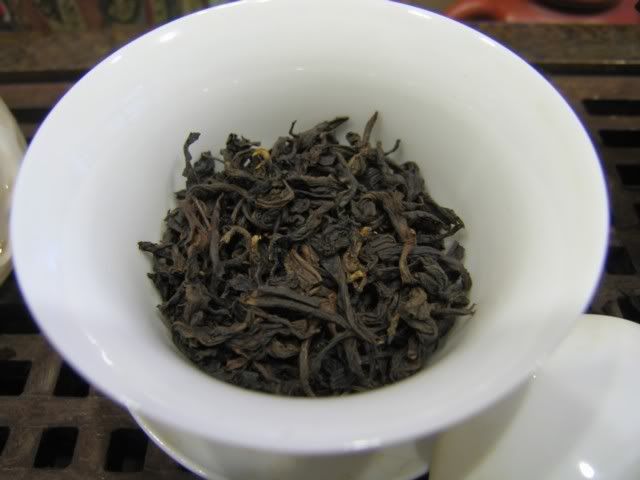
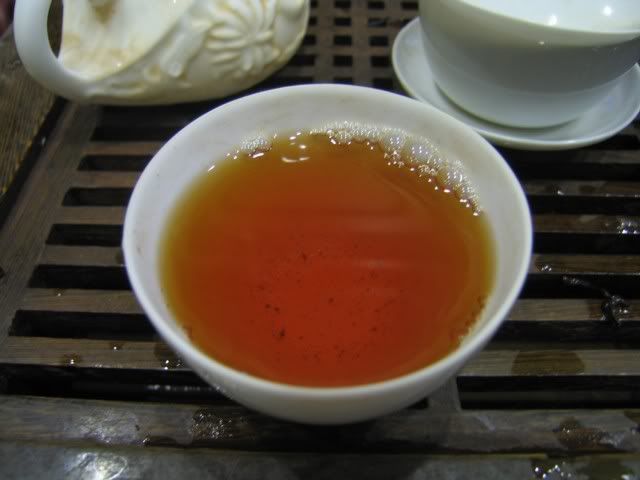

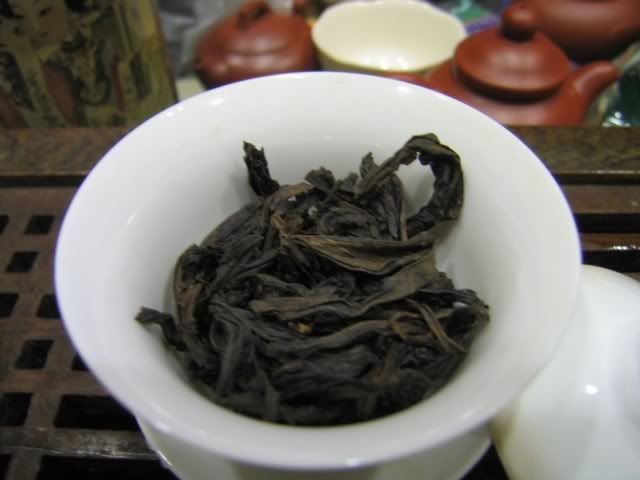


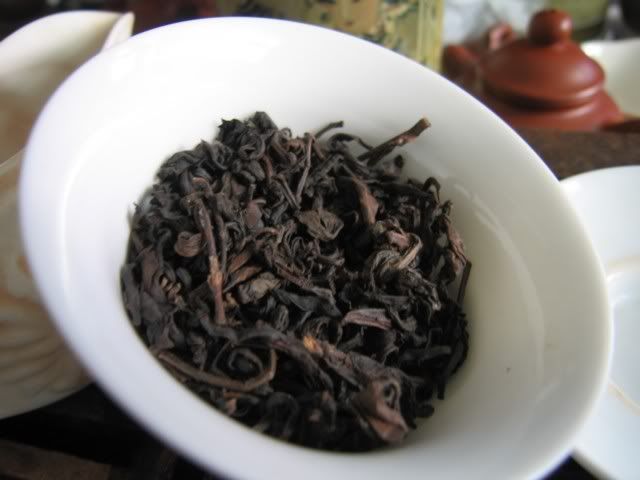
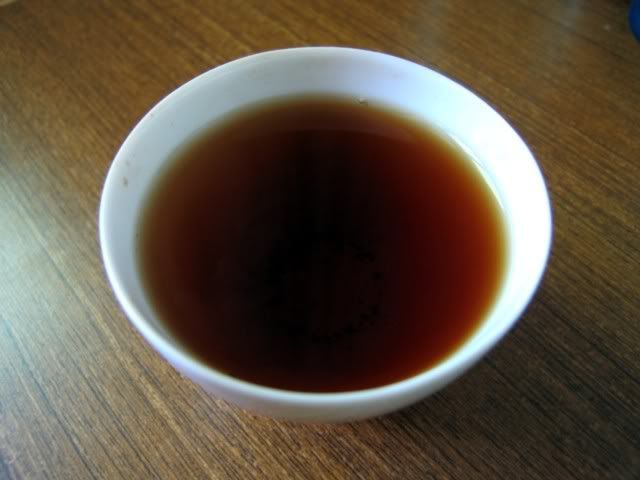
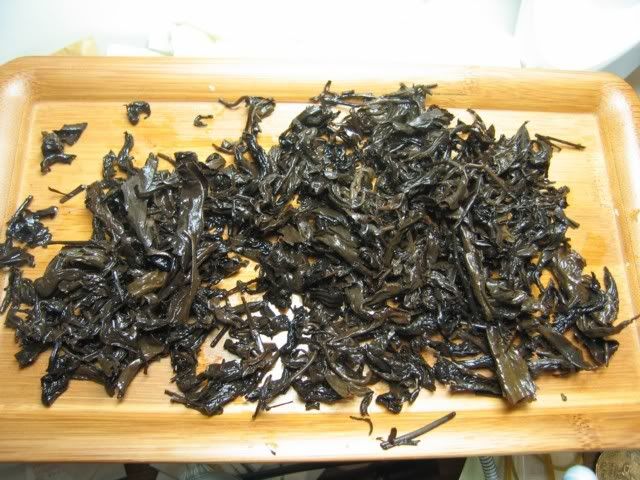
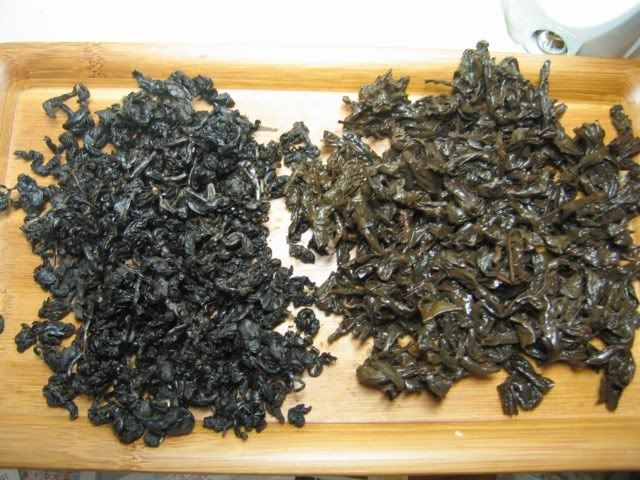
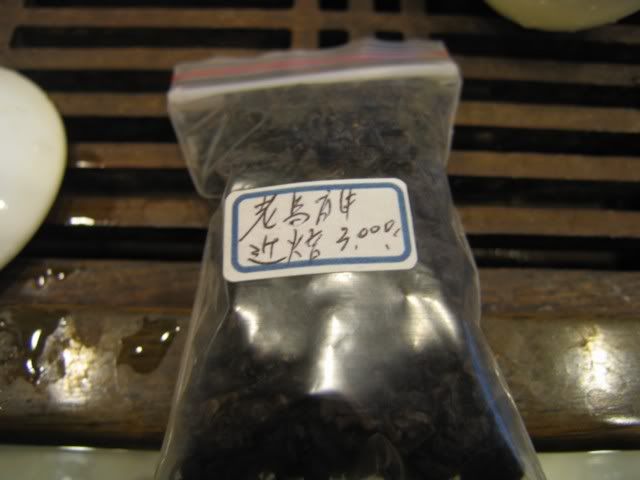
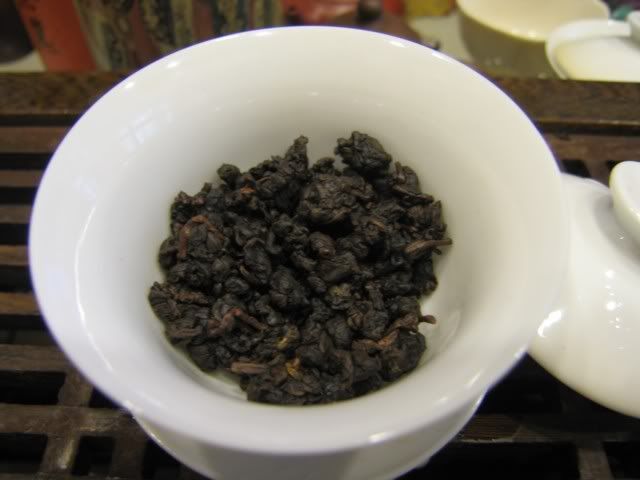

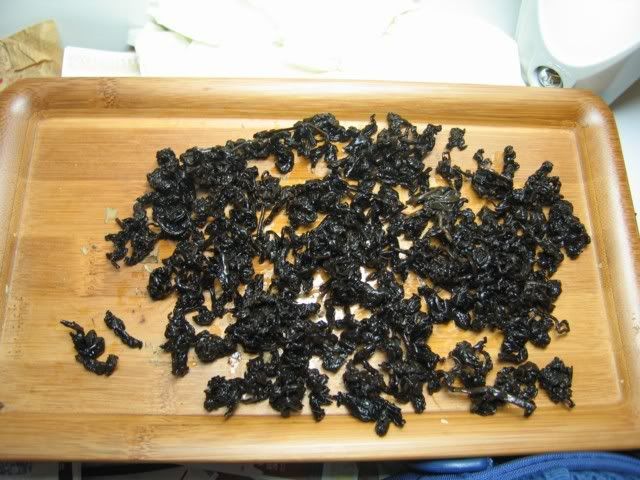

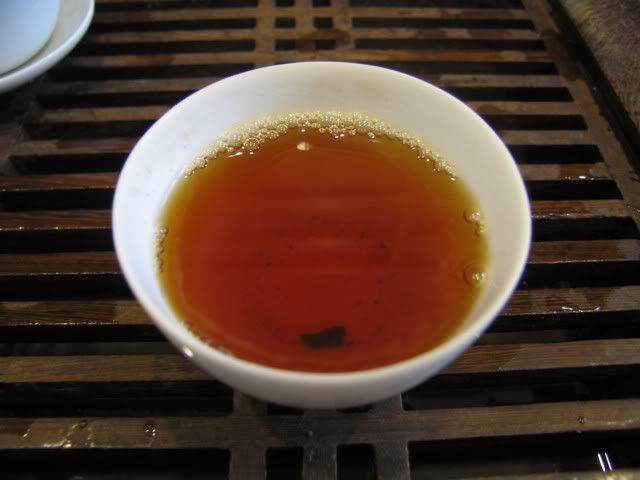
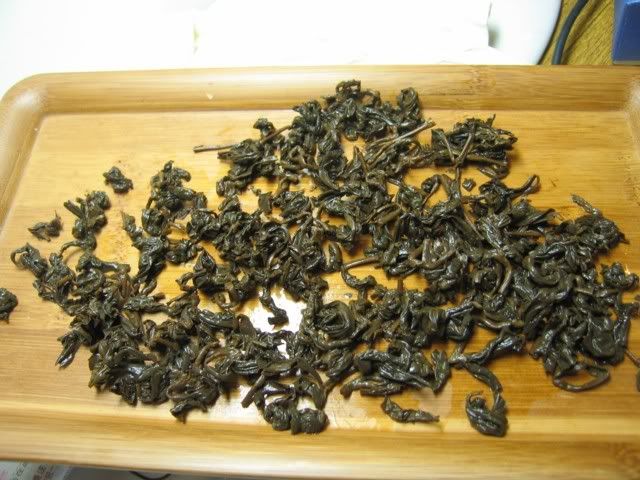
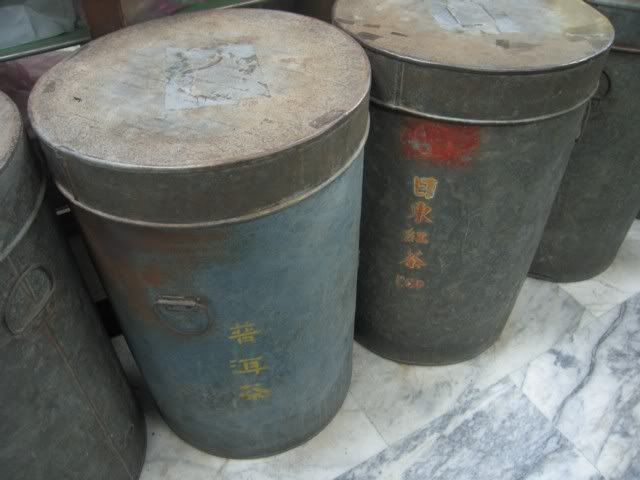

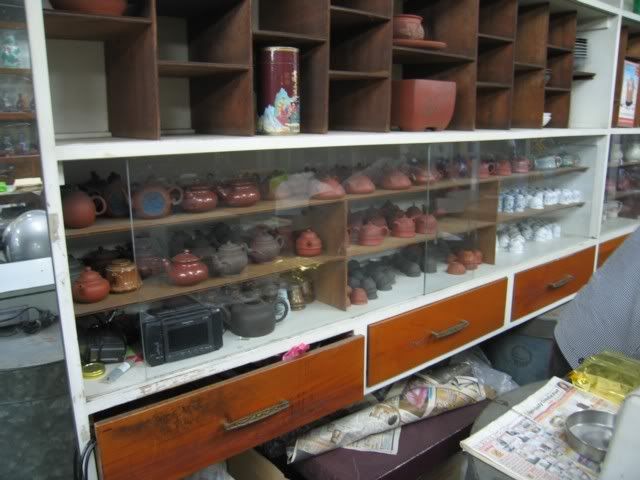
 RSS - Posts
RSS - Posts
I took you at your suggestion and have been reading some of your old post-Covid posts. I haven’t been to…